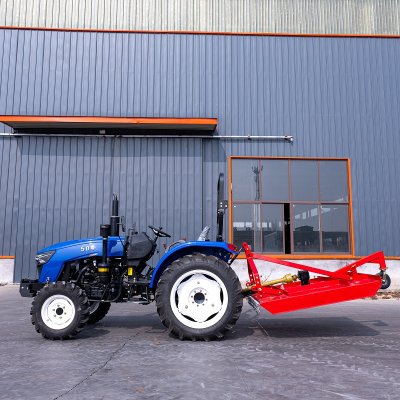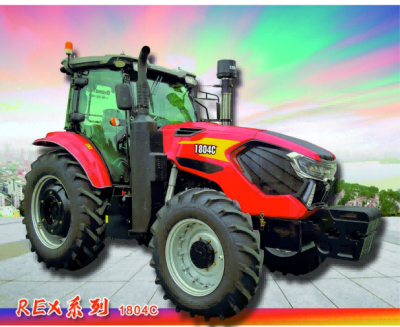What Are the Differences Among Shuttle Shifting, Synchronized Shifting and Power Shifting of Tractors
Recently, a tractor operator asked me about the differences among shuttle shifting, synchronized shifting, and power shifting in tractors. I heard that tractors with power shifting are very comfortable and worry - free to drive. "Shifting" of a tractor, as the name implies, means changing the driving gear speed or direction of the tractor. It is a way for the tractor to change gears, speed, and direction. Of course, there are other shifting methods for tractors, such as sliding - gear shifting and dog - clutch shifting. Due to their different shifting methods, their internal structures are naturally different, and the operations are slightly different.
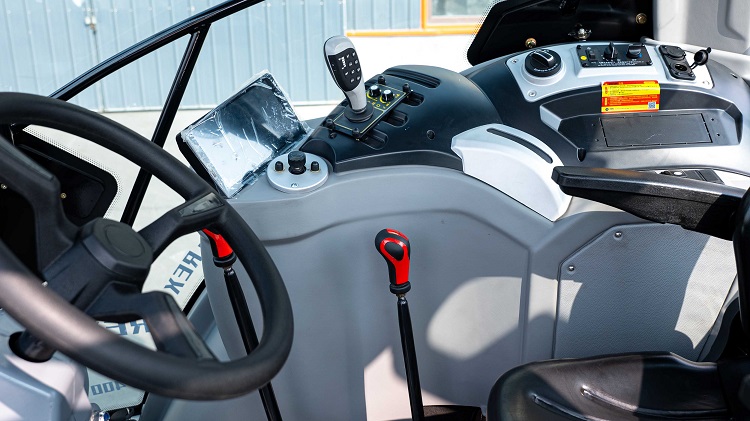
1. Concepts
1.1 Shuttle Shifting
Shuttle shifting is the earliest - emerging and most commonly used shifting method in tractors. Shuttle shifting realizes the switching between forward and reverse gears on the same control lever through a specific shuttle - type transmission mechanism, and achieves shifting and speed - changing by changing the power - transmission route and gear - meshing method.
1.2 Synchronized Shifting
Synchronized shifting relies on a synchronizer to make the gears to be meshed reach the same rotational speed through friction, realizing smooth shifting. When switching between different gears, the operator needs to operate the shift lever and cooperate with the clutch to make the synchronizer work, making the gear change more effortless and smooth.
1.3 Power Shifting
Power shifting controls wet clutches or brakes through electronic control components and a hydraulic system to achieve gear changes. It can automatically or semi - automatically select suitable gears according to working conditions such as load and speed when the tractor is working under load, and the power is not interrupted during the shifting process.
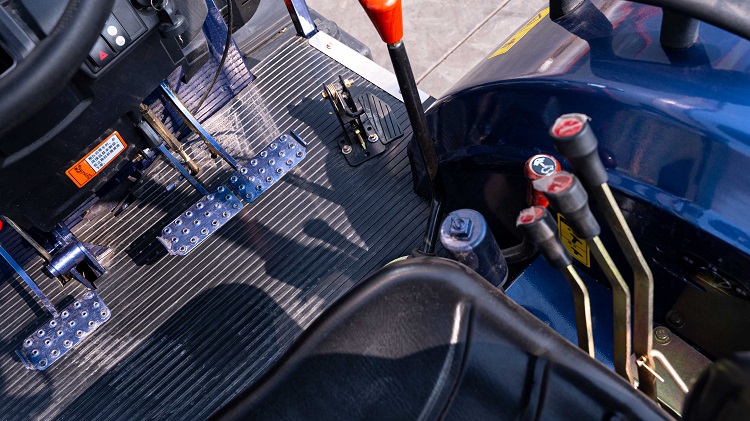
2. Different Control Mechanisms
2.1 Shuttle Shifting
The control mechanism of shuttle shifting includes components such as a shift - handle assembly, shift shaft, shift fork, positioning spring, and other mechanical parts. The structure is relatively simple.
2.2 Synchronized Shifting
Synchronized shifting mainly consists of a synchronizer, engagement sleeve, locking ring, etc. The structure is relatively complex. The reliability and durability of the synchronizing components need to be ensured.
2.3 Power Shifting
Power shifting has a relatively complex electronic control system, hydraulic system, and corresponding sensors, etc. The structure is complex, and the manufacturing cost and maintenance cost are relatively high.
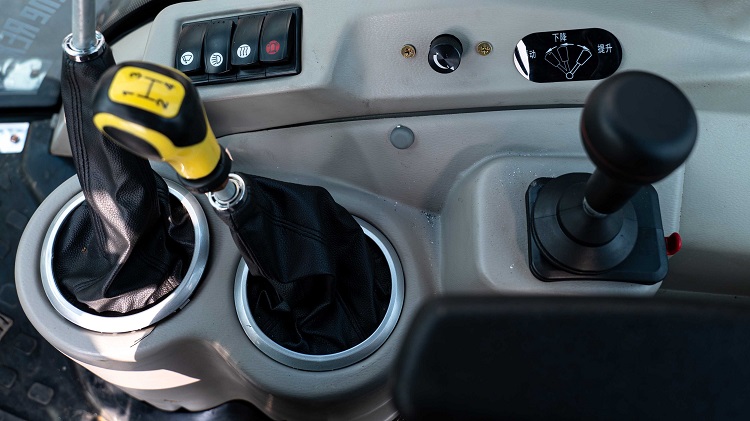
3. Different Operation Methods
3.1 Shuttle Shifting
Shuttle shifting is mainly used to quickly achieve the conversion between forward and reverse directions. The control lever is usually in the middle neutral position. Pushing it forward is for forward driving, and pulling it backward is for reverse driving. For example, when a tractor is working in the field and needs to move forward and backward frequently, shuttle shifting can achieve quick switching.
3.2 Synchronized Shifting
When switching between different gears, the operator needs to operate the shift lever and cooperate with the clutch to make the synchronizer work, making the gear change more effortless and smooth. For example, when shifting from the second gear to the third gear in a tractor, the operator steps on the clutch and pushes the shift lever. The synchronizer can make the corresponding gears reach the same rotational speed and then complete the shift, which is comfortable and smooth.
3.3 Power Shifting
The driver only needs to toggle the shift button or operate the shift handle, and the electronic control system will automatically complete the shift according to the vehicle's working conditions, without the need to operate the clutch frequently.
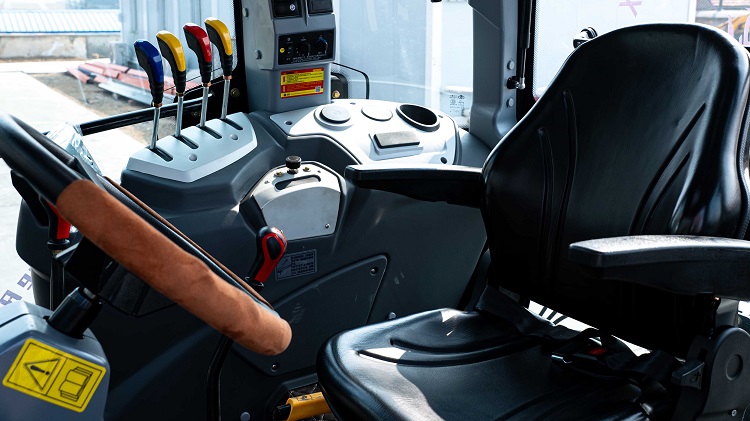
In conclusion, shuttle shifting has a relatively simple structural principle, low manufacturing cost, and low maintenance cost, and the operation is not strenuous. Synchronized shifting relies on the synchronizer to synchronize the gears through friction. When operating, the clutch needs to be stepped on for shifting, and there is a power interruption. Power shifting is realized through an electronic control and hydraulic system, and the power is not interrupted during shifting, and the operation is more labor - saving. However, the power - shifting system has a complex structure, high cost, and may be more expensive to repair and maintain. But in working environments such as agricultural machinery engineering and mining machinery that require frequent shifting, power shifting can significantly reduce fuel consumption and relieve the fatigue intensity of the operator. At the same time, power shifting has broader prospects in aspects such as autonomous driving.
Source: Agricultural Machinery News Network

